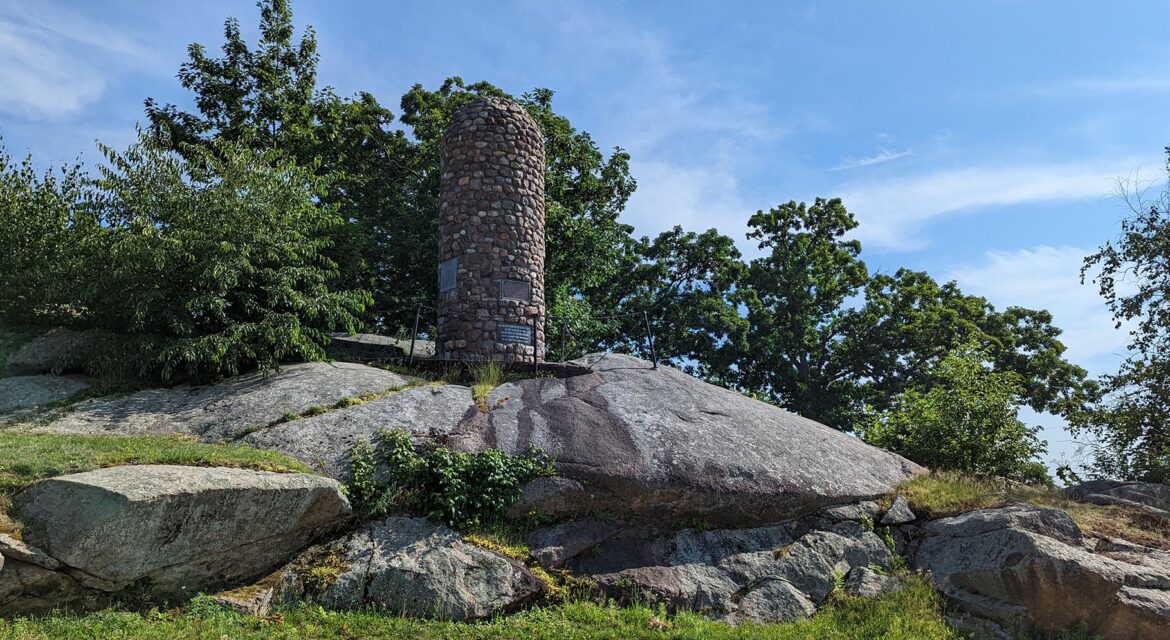 Residing on the spot where Abigail Adams and her son watched one of the formative events of the United States, the Abigail Adams Cairn represents an especially unique way to celebrate a piece of history. The effort to do so has created an additional piece of history in Quincy, Massachusetts, that links the present to the past.
Residing on the spot where Abigail Adams and her son watched one of the formative events of the United States, the Abigail Adams Cairn represents an especially unique way to celebrate a piece of history. The effort to do so has created an additional piece of history in Quincy, Massachusetts, that links the present to the past.

Watching the Battle of Bunker Hill
 As the wife of second United States President John Adams, Abigail Adams would be only the second person to serve as the first lady of the United States. She was also the mother of President John Quincy Adams. Long before either would serve in those roles, they both witnessed an event that would enable all of those developments.
As the wife of second United States President John Adams, Abigail Adams would be only the second person to serve as the first lady of the United States. She was also the mother of President John Quincy Adams. Long before either would serve in those roles, they both witnessed an event that would enable all of those developments.
In the midst of the American Revolution in 1775, Abigail Adams was watching her children and those of Dr. Joseph Warren while he and John Adams were away, taking part in the Battle of Bunker Hill. Even though the battle took place over ten miles away, she stated that the cannons were so loud that they couldn’t eat, drink or sleep.
After word came that Dr. Warren had been killed in a skirmish, she went out to a rock outcropping, with John Quincy and one of Dr. Warren’s children to watch the burning of Charlestown and hear the guns of Bunker Hill. That took place on June 17th, 1775.
Cairns are an ancient form of commemoration, which compelled the installation of the Abigail Adams Cairn by the Daughters of the Revolution in 1896. Stones from the piece came from various properties and historic sites. As detailed by various markers on the monument, it was rebuilt with the original stones in 2009. Various pictures show how the Abigail Adams Cairn has remained unchanged over the decades, highlighting how it has become a piece of history in and of itself in a way that creates engagement and resonates with audiences of all types.

Witnessing the Fate of America
 Serving as one of the stops on the Freedom Tour, a time capsule was found inside the cairn in 2008, further highlighting the connections it has enabled across the community. Providing a strong identity to a local neighborhood in the present, the landmark brings history to life in ways that resonate across the eras.
Serving as one of the stops on the Freedom Tour, a time capsule was found inside the cairn in 2008, further highlighting the connections it has enabled across the community. Providing a strong identity to a local neighborhood in the present, the landmark brings history to life in ways that resonate across the eras.

